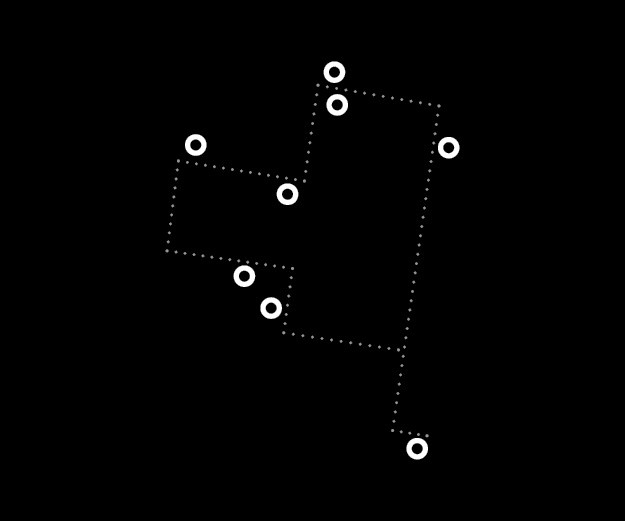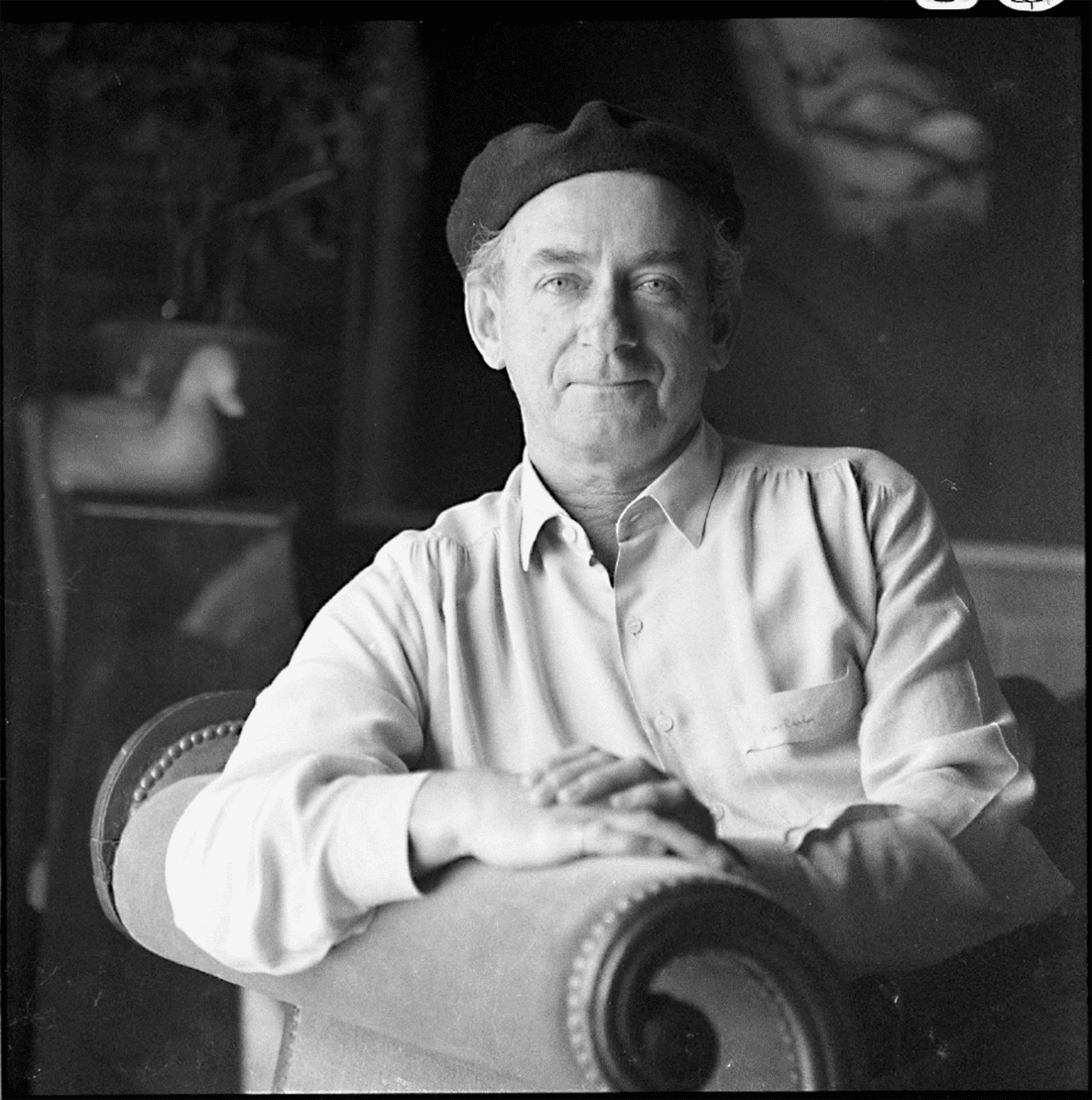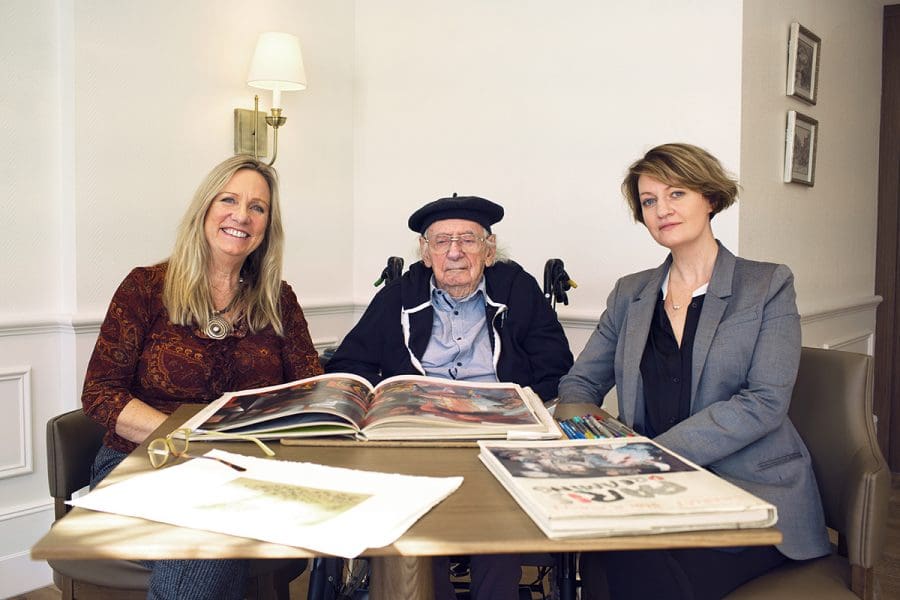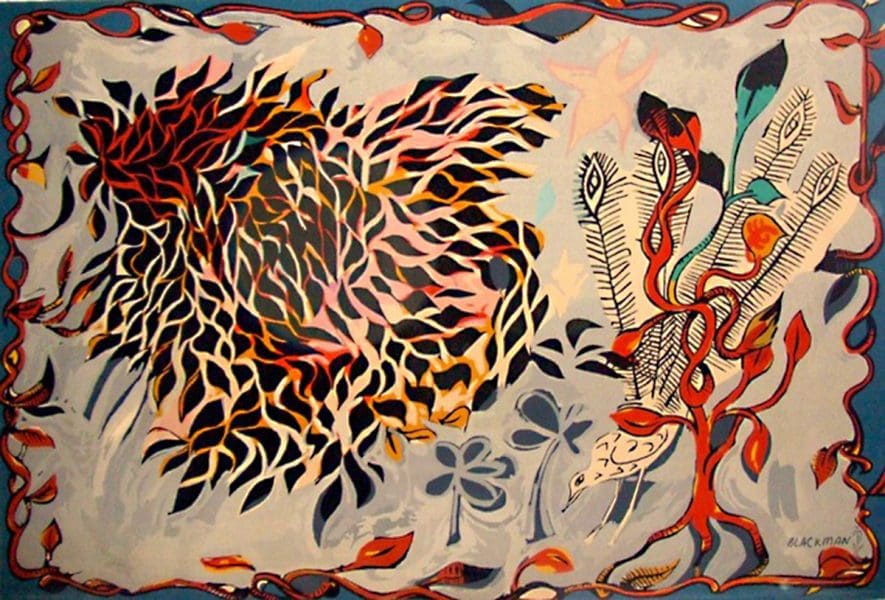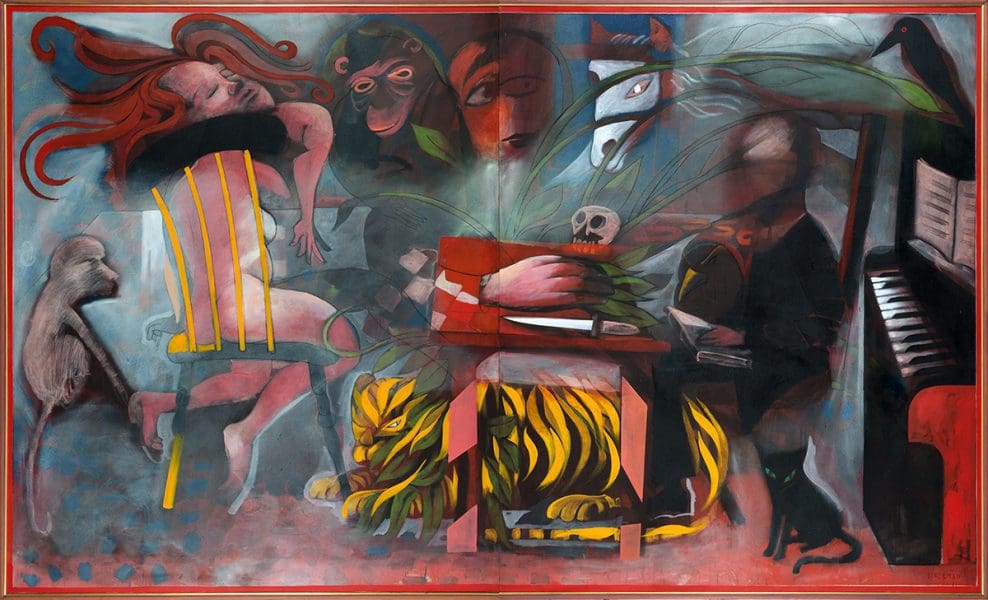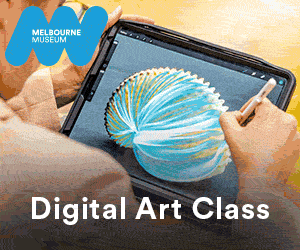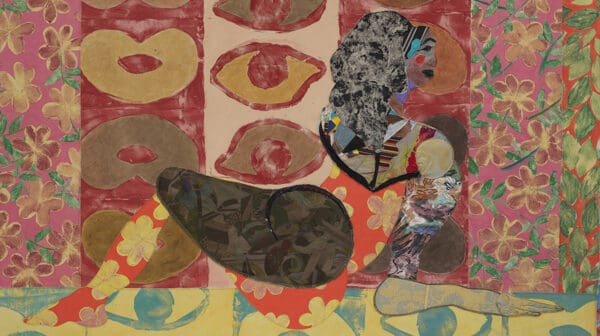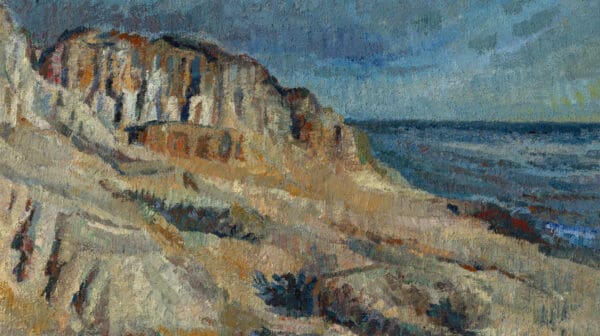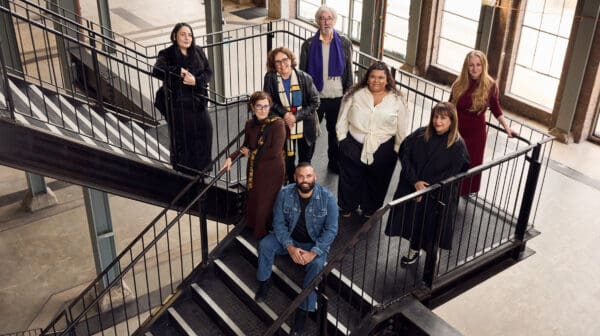Painter Charles Blackman died on 20 August in Sydney, just eight days after celebrating his 90th birthday. A statement released by the Charles Blackman Foundation confirmed that the artist passed away “as the first morning bird called in song” surrounded by family after a long-term battle with dementia.
Born in Sydney in 1928, Blackman came to art early following a difficult childhood. At 13, he left school to take up a position as a newspaper illustrator for The Sun, while continuing to take night classes at East Sydney Technical College (now the National Art School). In the mid 1940s, he moved to Melbourne via Brisbane and fell in with the Heide group of artists, forging longstanding friendships with Joy Hester, John Perceval, Georges and Mirka Mora, and critic John Reed. Blackman married author Barbara Patterson in 1952 and she became his muse, appearing in many of his paintings during the course of their marriage.
Possessing a highly distinct style of painting, Blackman is best known for his iconic painting series Alice, loosely based on Lewis Carroll’s Alice in Wonderland and Barbara’s ongoing difficulties with vision impairment.
Blackman favoured emotion over realism and his images were often dream-like depictions of the figure in vast landscapes drenched in decadent blue hues. The 1950s and 1960s were particularly fruitful for Blackman and it was during this time that he completed the Alice paintings and another major series, Schoolgirls.
In 1959, Blackman exhibited work with a group of artists railing against the growing influence of abstract art and minimalism. They branded themselves the Antipodeans and the group included several figurative painters, including John Olsen, Arthur Boyd and John Brack. In February they presented Antipodeans, an exhibition of work at the Victorian Society of the Arts in Melbourne and for this show, University of Melbourne art historian Bernard Smith penned a catalogue essay that became known as the ‘Antipodean Manifesto’ – a call to arms for artists to forge an Australian mythology focusing on the figurative over abstraction.
Later the same year Blackman was awarded the Helena Rubinstein Travelling Art Scholarship. As a result, in 1960 Blackman moved to London with Barbara and their young family. They remained in the UK for five years before returning to Sydney. In 1970 Blackman once again returned to the northern hemisphere to undertake a studio residency at the Cité des Artes in Paris. He remained in France for a year and continued to return to Europe many times during his career.
In recognition of his service to the arts, in 1977 Blackman was appointed an Officer of the Order of the British Empire.
A few years later, Blackman relocated to the tropical locale of Buderim in Queensland. There he set up a studio surrounded by rainforest, nicknamed The Garden of Eden. It was here that Blackman produced works like Women Lovers, 1980. Following the breakdown of his 27-year marriage to Barbara, over the next decade Blackman remarried twice, first to Genevieve de Couvreur and finally to Victoria Bowers in 1989. His three marriages produced six children: Auguste, Christabel, Barnaby, Felix, Beatrice (Bertie), and Axiom.
In the 1990s numerous exhibitions were dedicated to Blackman’s oeuvre, and in 1993 the National Gallery of Victoria staged the major retrospective, Schoolgirls and Angels. Examples of his work are held in collections throughout Australia and also in London’s Tate Gallery and the Metropolitan Museum of Art in New York.
Still continuing to draw until his final days, Blackman led a rich creative life. At the time of his death Blackman had been working his daughters Christabel and Bertie, newly appointed co-managers of the Charles Blackman Foundation, on The Evening is the Morning, an exhibition of new and unseen work for Harvey Galleries in Seaforth, Sydney. The exhibition will go ahead as a tribute to his life and career and will be co-curated by Christabel, Bertie and Trevor Harvey.
Affectionately speaking about her father’s practice to Harvey Galleries earlier this year, daughter Bertie said, “A line dad used to say a lot was ‘wrap a line around a dream.’ I look at his paintings and drawings and I feel like that is exactly what he did.”
The Evening is the Morning
Charles Blackman
Harvey Galleries, Seaforth
22 September – 7 October


